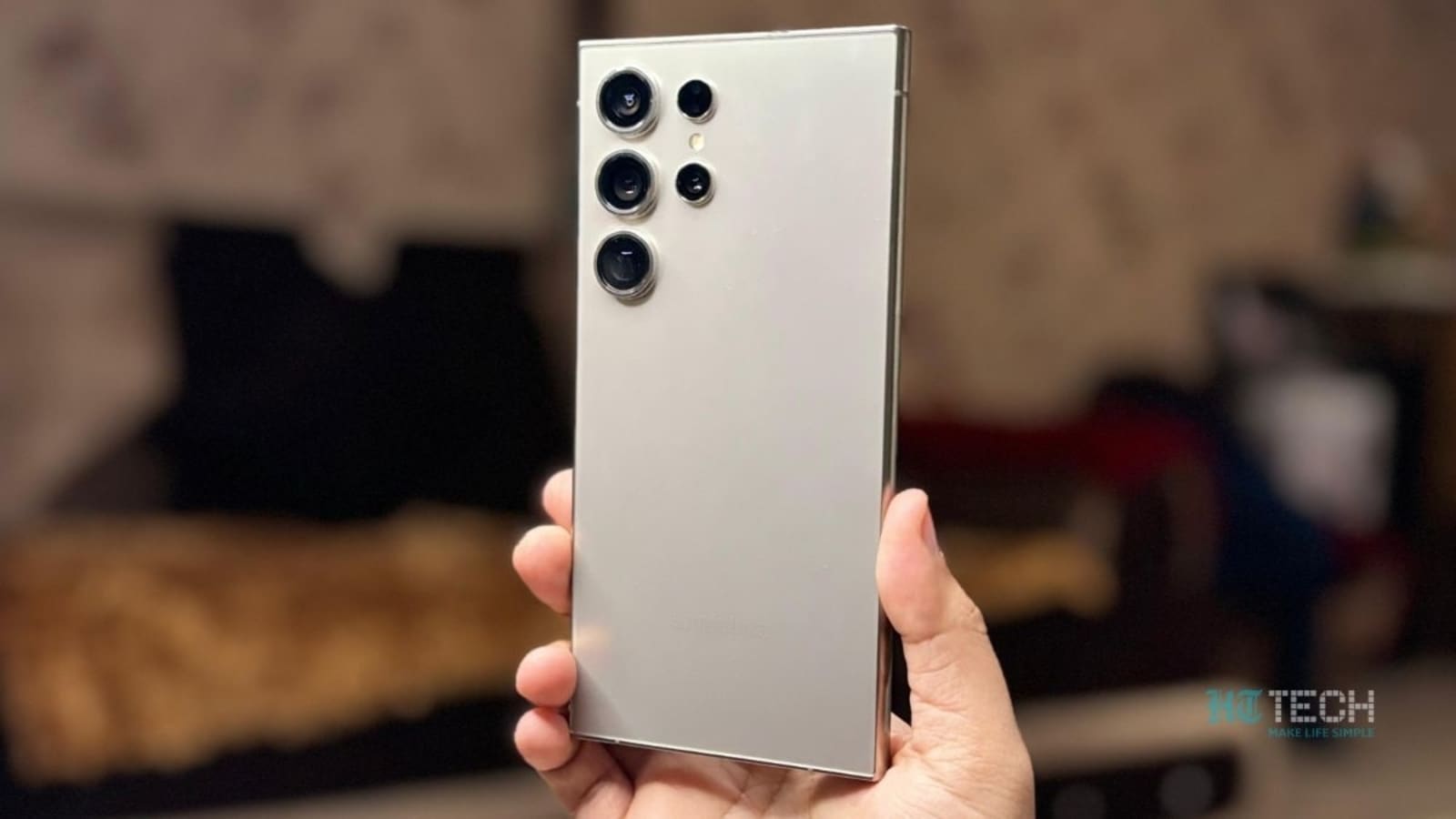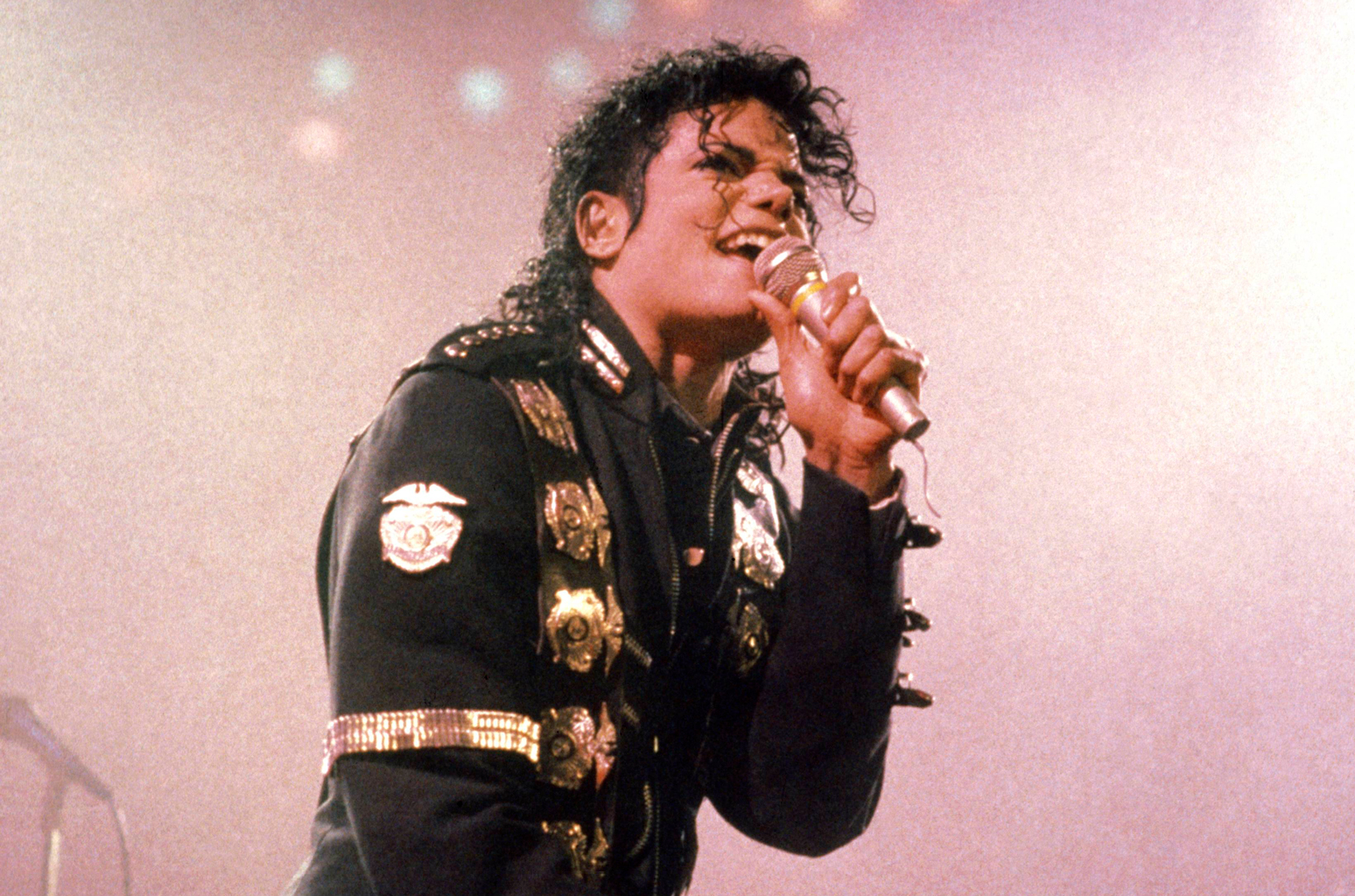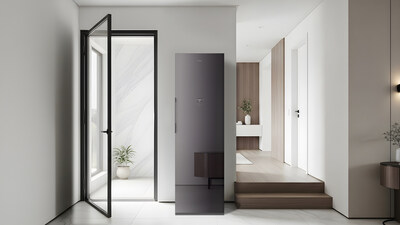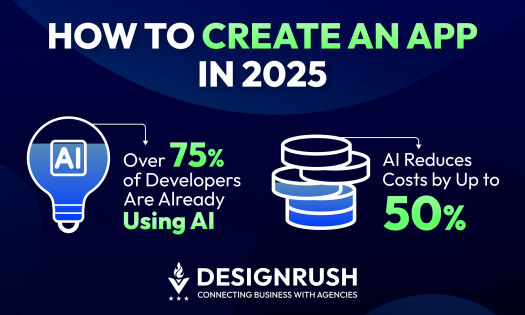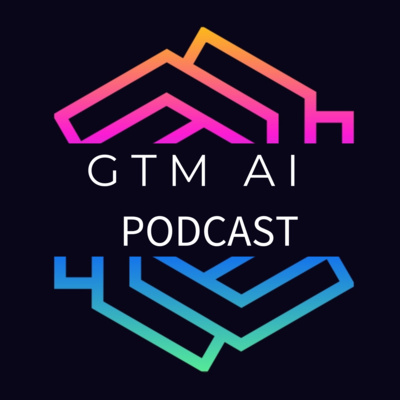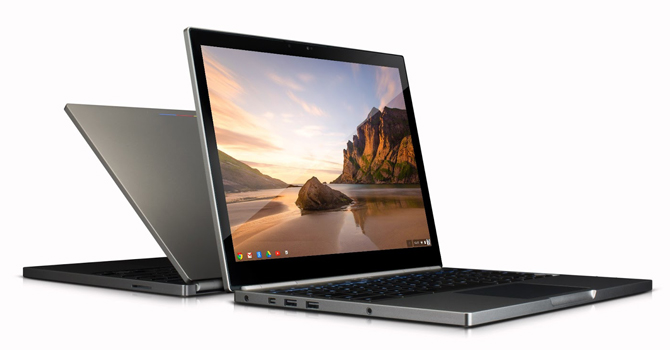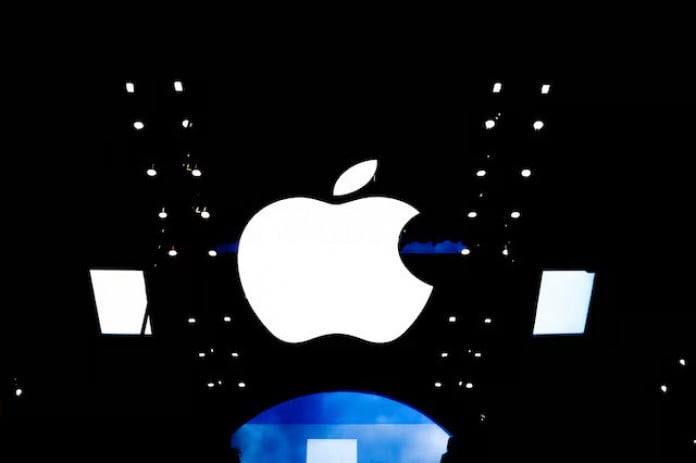I definitely sense that substantial transformations are imminent, whether they’re beneficial or detrimental.
The realm of technology is continuously changing, with each year introducing a surge of innovations and alterations that redefine our interactions with the world. As we approach the edge of another technological upheaval, it’s evident that significant transformations are forthcoming, offering both prospects and obstacles.
One of the most notable alterations is the merging of devices. The distinctions among various types of technology are fading, with Chromebooks and tablets at the forefront. In 2025, we saw an impressive advancement in these devices, with Chromebooks achieving remarkable improvements in performance and battery efficiency, thanks to advancements in ARM chips. The Lenovo Chromebook Plus 14 and Acer Chromebook Plus Spin 514 are prime examples of this movement, delivering x86 performance without sacrificing battery life. This merging is not restricted to hardware; software integration is also progressing, with Google’s Gemini AI bolstering on-device functionalities, making tasks such as image editing more effective.
Yet, this advancement is not without its obstacles. The limited storage capacities in Chromebooks continue to be a concern, especially as AI functionalities require more local resources. The increasing prices of RAM and storage, fueled by memory shortages, introduce additional complications. These challenges emphasize the necessity for innovation in storage solutions to keep up with the surging demands of contemporary technology.
In the tablet sector, the revival of Android tablets is significant. Smaller flagship tablets are gaining traction, with devices like the Lenovo Legion Tab Gen 3 and RedMagic Astra delivering robust performance in compact designs. This trend is supported by the launch of larger, feature-rich tablets like the OnePlus Pad 3, which contest the supremacy of established competitors like Samsung. The diversification of the tablet market reflects the growing demand for adaptable devices that appeal to a broad spectrum of user preferences.
Gazing forward to 2026, the potential for deeper convergence between Chromebooks and tablets is captivating. The prospect of Android-powered laptops, as hinted by Google and Qualcomm, could transform the landscape, presenting a new model for mobile computing. Although the future is unpredictable, the possibilities are thrilling, suggesting a dynamic relationship between hardware and software that could reshape our digital encounters.
As we steer through these changes, it is crucial to stay alert to the wider implications of technological progress. The threat of memory shortages and escalating expenses is prominent, presenting challenges that necessitate innovative solutions and strategic planning. Nonetheless, the potential for positive change is enormous, providing chances to enhance productivity, connectivity, and creativity in ways we have yet to fully conceive.
To summarize, the technological landscape is on the brink of considerable change, driven by the merging of devices, advancements in AI, and the evolution of tablets. While challenges remain, the capacity for innovation and growth is limitless, promising a future where technology continues to enhance our lives in exceptional ways. As we welcome these changes, we must be flexible and forward-looking, prepared to seize the opportunities that await.
Read More